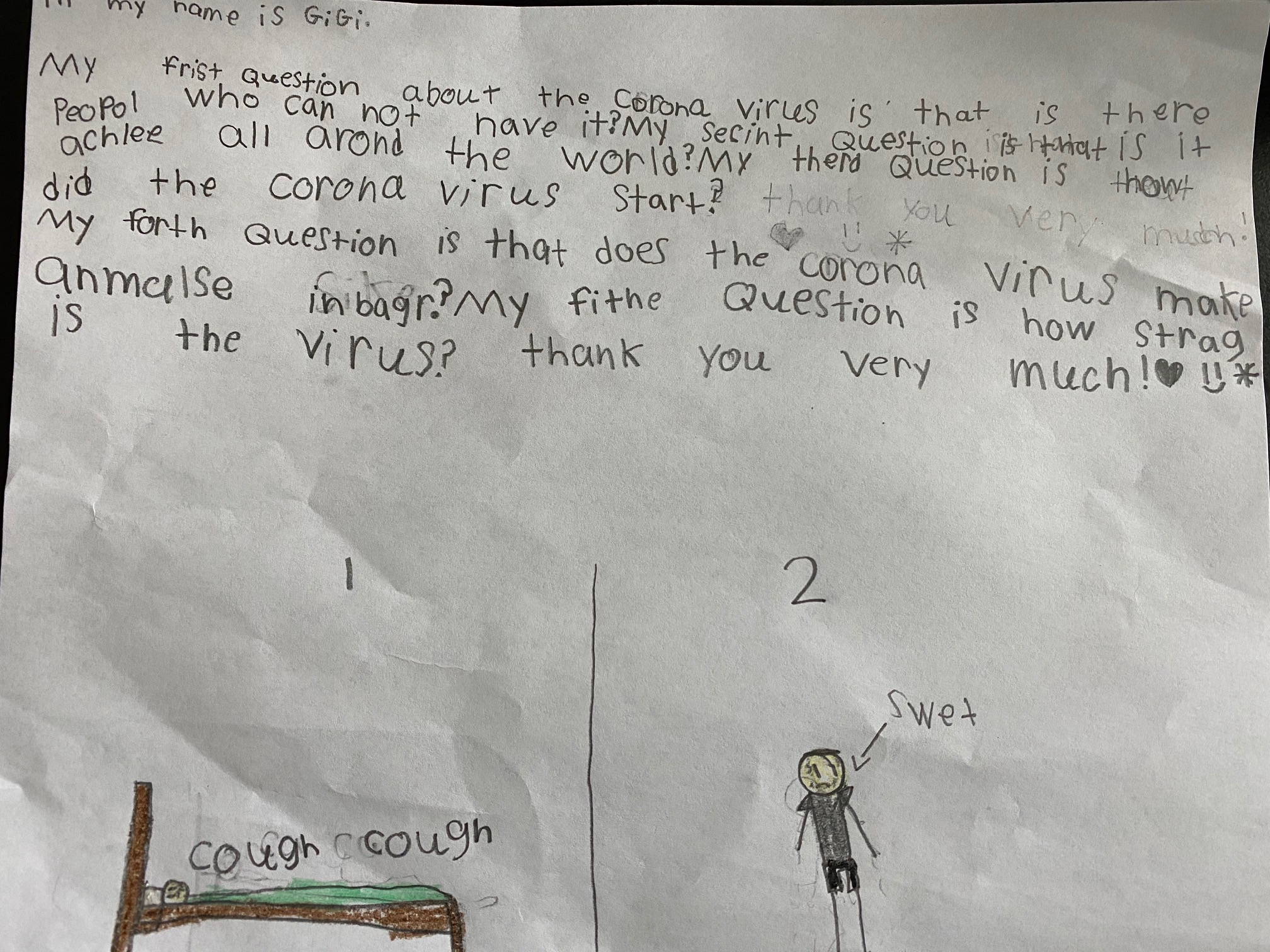
How to Explain the Coronavirus to a Child
Talking to children about what is happening with the coronavirus pandemic is critical, but not easy. Here is how we did it.
The COVID-19 pandemic has produced dramatic and very rapid changes in the world around us. If we adults are already having trouble processing everything happening, how should we explain it to our children? Fortunately, Gigi, an eight-year-old girl in her second year of elementary school, was willing to help us.
Gigi prepared five questions for one of our journalists, which we talk about during this episode:
- How did the coronavirus start?
- Is it actually all over the world?
- Is there anyone who cannot have it?
- Does the virus put animals in danger?
- How strong is the virus?
RELATED CONTENT
We made this podcast with three ideas in mind when talking to Gigi. The first is that it is best to be prepared to explain to children what is happening: consult reliable sources and have a good understanding of the origin of the pandemic. Also know how the virus spreads before starting the conversation.
The second point that helps to keep in mind, and that gives a lot of peace of mind to children, is that they seem to be less susceptible to getting COVID-19 and most children who have been infected have had less severe symptoms. Still, there have been several cases of infants and preschoolers who have become seriously ill. Even if they don't have a fever or difficulty breathing, children can still transmit the virus to more vulnerable people, so it's important to take the same precautions to prevent infection.
Finally, it should be noted that the way children think is by relating everything to concrete, visible things in the world. That is why it is useful to look for comparisons with visible objects. For example, in this podcast we compare the exercise of opening a door using the key (or trying to open it with the wrong key) to how viruses can adapt to enter the cells of some animals and not others.
If you have questions or suggestions on this topic you can contact us through our social media networks at @ALDIANews on Twitter and AL DÍA News Media on Facebook.











LEAVE A COMMENT: